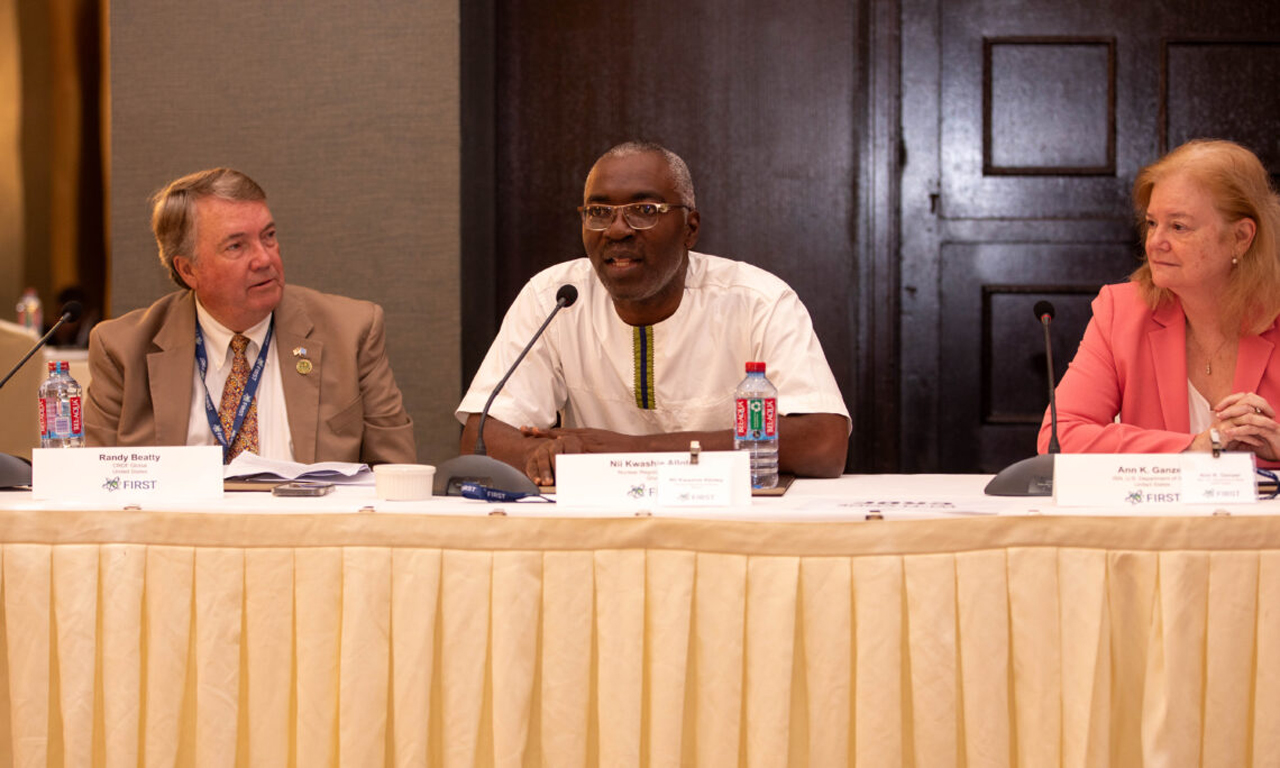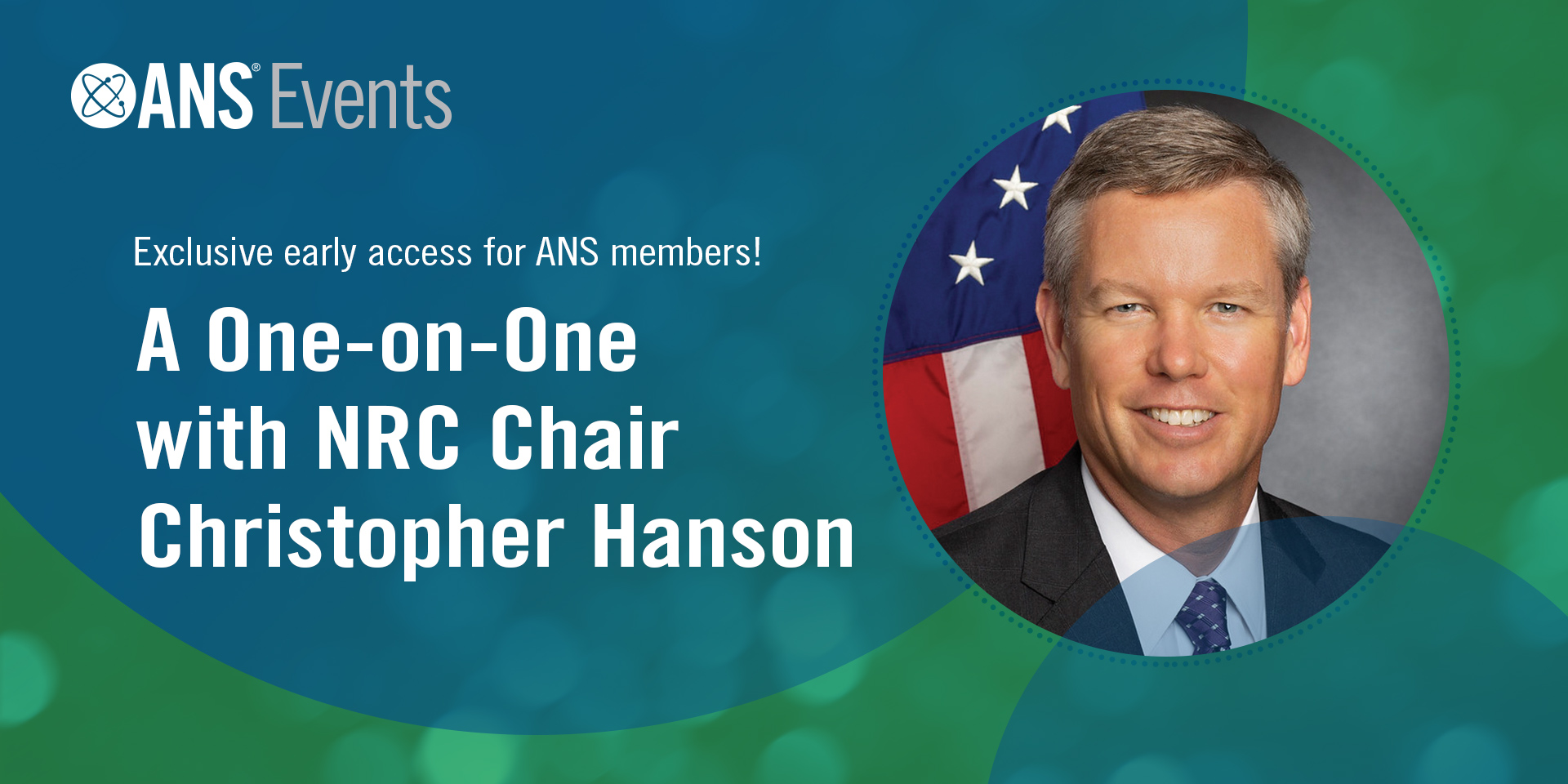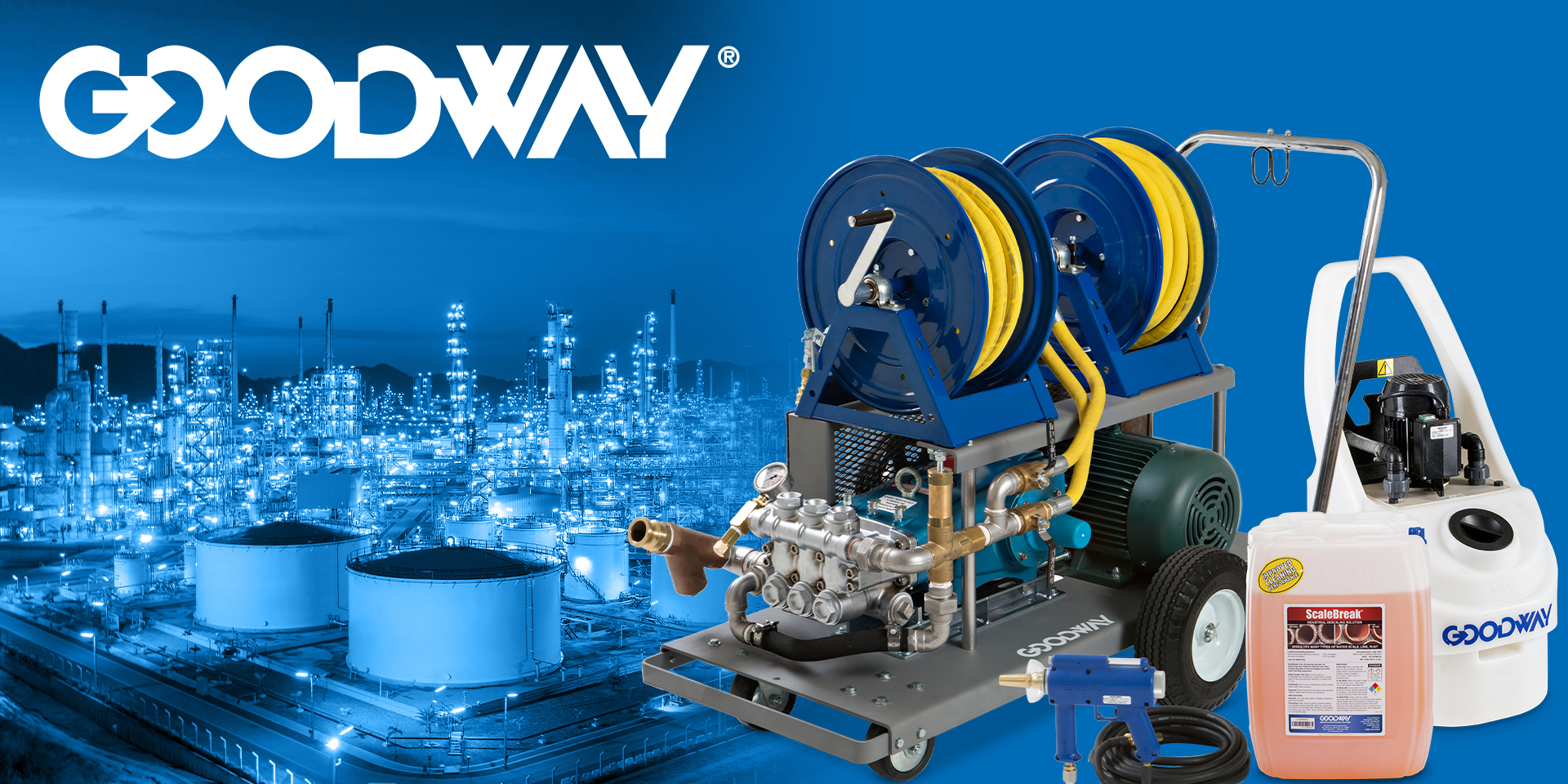The Atlas railcar carries a test load simulating a shipment of spent nuclear fuel. (Photo: DOE)
The Department of Energy’s Office of Nuclear Energy has wrapped up testing of its Atlas railcar, successfully completing a round-trip journey from Pueblo, Colo., to Scoville, Idaho. Built to safety standards set by the Association of American Railroads (AAR), the 12-axle railcar is designed to transport large containers of spent nuclear fuel and high-level radioactive waste.
Three of the USGS's critical minerals: (Left to right) A piece of native copper recovered by dissolution of the host rock (Photo: Jonathan Zander); A sample of praseodymium in a vial of argon (Photo: Jurii/Wikimedia Commons); A billet of high-enriched uranium that was recovered from scrap processed at the DOE’s Y-12 National Security Complex in Oak Ridge, Tenn (Photo: DOE).
Last year, the U.S. Geological Survey (USGS) released its 2022 list of 50 minerals that are essential to the function of our society, especially the economy and national security. Whether it’s indium for LCD screens and aircraft wind shielding, cobalt for iPhones, uranium for nuclear reactors and munitions, rare earth elements for wind turbine magnets, lithium for rechargeable batteries, or tantalum for electronic components, if we do not have an ample supply, bad things will happen.
Support from the government of Alberta for the Cenovus Energy SMR study was announced September 19 at the World Petroleum Congress in Calgary. From left are Laura Kilcrease, Alberta Innovates CEO; Rhona DelFrari, Cenovus chief sustainability officer and executive vice president, stakeholder engagement; Rebecca Schulz, minister of environment and protected areas; Justin Riemer, Emissions Reduction Alberta CEO; and Nathan Neudorf, minister of affordability and Utilities. (Photo: Government of Alberta)
Canada’s Alberta province is investing C$7 million (about $5.2 million) to help Cenovus Energy study how small modular reactors could be used in northern Alberta to decarbonize oil sands production and what additional information might be needed to pursue their regulatory approval.
At the Bechtel/Westinghouse consortium agreement signing ceremony at the U.S. embassy in Warsaw, were, from left, U.S. ambassador to Poland Mark Brzezinski; Ahmet Tokpinar, general manager of Bechtel’s nuclear power business line; Elias Gedeon, senior vice president for commercial operations at Westinghouse; Mirosław Kowalik, president of Westinghouse Poland; and Anna Łukaszewska-Trzeciakowska, Poland government plenipotentiary for strategic energy infrastructure. (Photo: Bechtel)
Westinghouse Electric Company and engineering, construction, and project management firm Bechtel on September 20 announced the signing of a consortium agreement to partner on the design and construction of Poland’s first nuclear power plant.
The electrically heated PCAT replica of the MARVEL microreactor is installed and ready for testing at CEI’s facility in Pennsylvania. (Photo: DOE)
While initial operation of MARVEL, a tiny microreactor that will be installed and operated inside Idaho National Laboratory’s Transient Reactor Test (TREAT) Facility, might not occur until 2025, testing of a nonnuclear prototype is now under way at the New Freedom, Pa., manufacturing facility of Creative Engineers, Inc. (CEI). The Department of Energy announced the start of prototype testing on September 20.
U.S. principal deputy assistant secretary of state for international security and nonproliferation Ann Ganzer (right) with Nii Kwashie Allotey of the Ghanaian Nuclear Regulatory Authority (center). (Photo: U.S. Embassy in Ghana )
The U.S. Embassy in Ghana last week announced $1.75 million to support establishing the West African nation as a small modular reactor regional training hub and center of excellence for the sub-Saharan African region.
The project is backed by the Foundational Infrastructure for Responsible Use of Small Modular Reactor Technology (FIRST) capacity-building program, in which Ghana has participated since 2022.
Congressional staffers gathered for a talk on nuclear weapons and nonproliferation as part of the ANS Nuclear Energy 101 program.
Class was back in session this spring when, after a hiatus, the American Nuclear Society hosted its third session of Nuclear Energy 101 in Washington, D.C., for congressional staffers. This five-course educational series is a wonderful—and popular—tool for ANS to network with congressional staff and explain the basics of nuclear science and technology.
Conceptual art of the Crowley-designed ship with a BWXT microreactor onboard. (Image: BWXT)
BWX Technologies is teaming with Crowley, a global shipping and energy supply chain company, under a memorandum of understanding to develop a ship with an onboard microreactor that could deliver power to users on shore via buoyed power cables. The concept, announced by both companies on September 20, is envisioned as a zero-carbon energy option for defense and disaster needs.
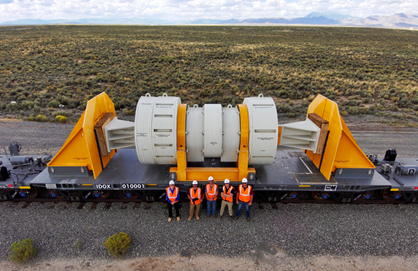


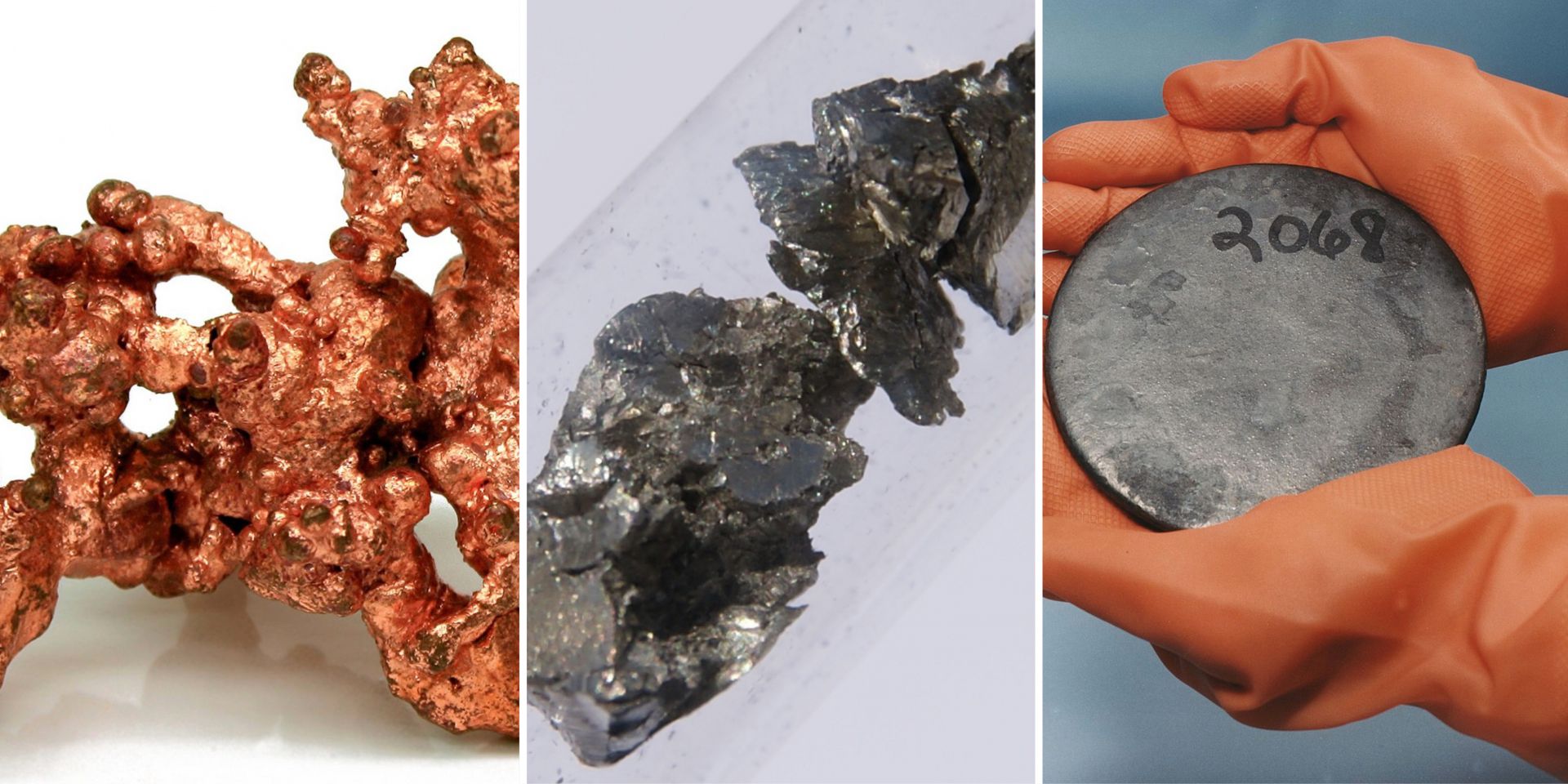
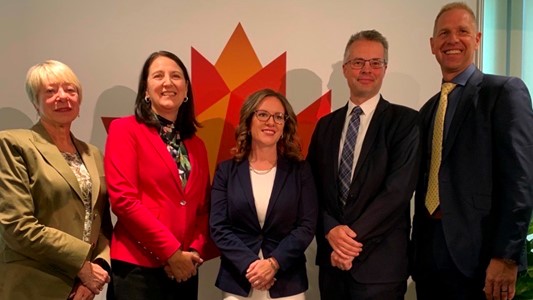
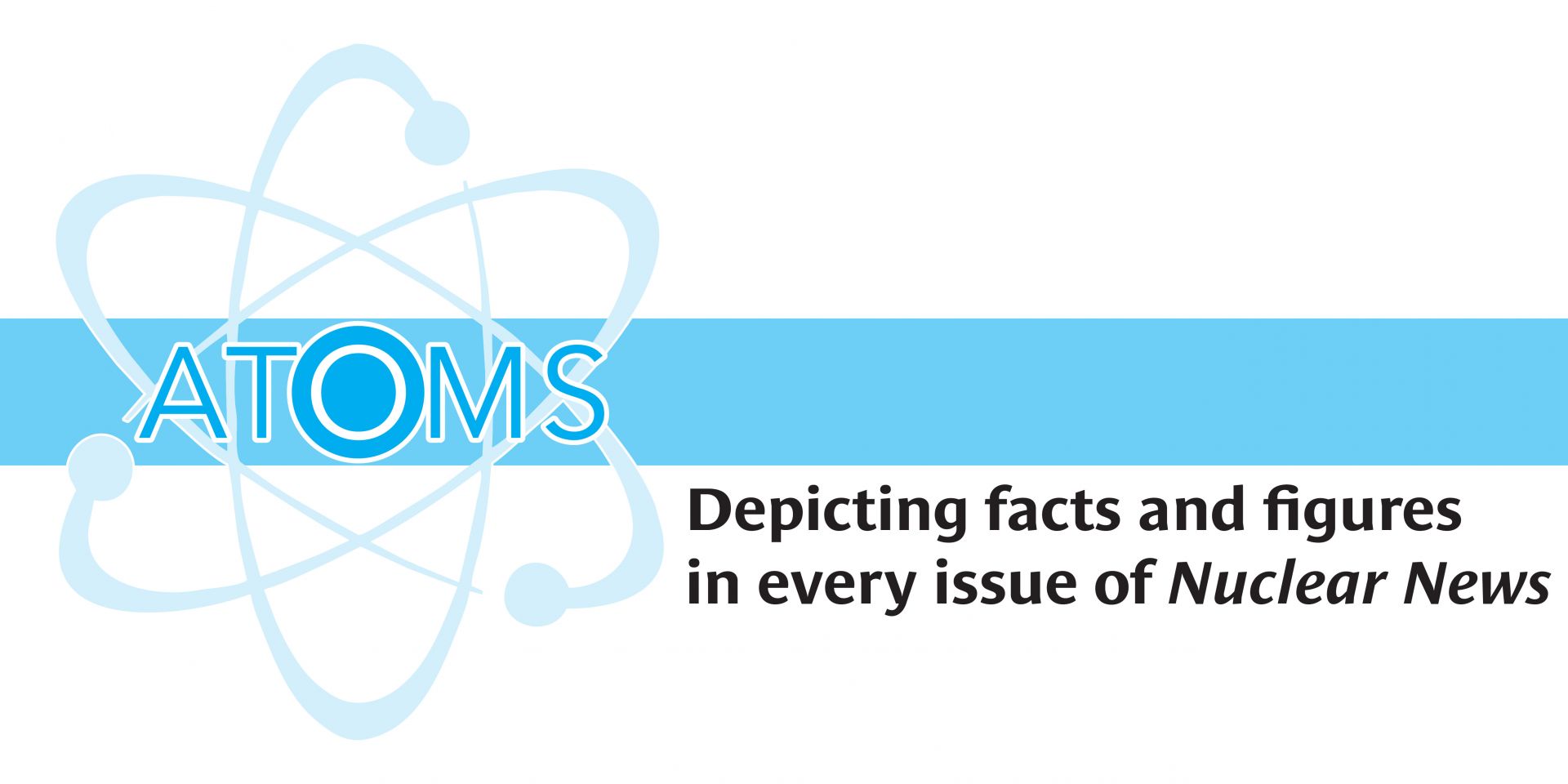
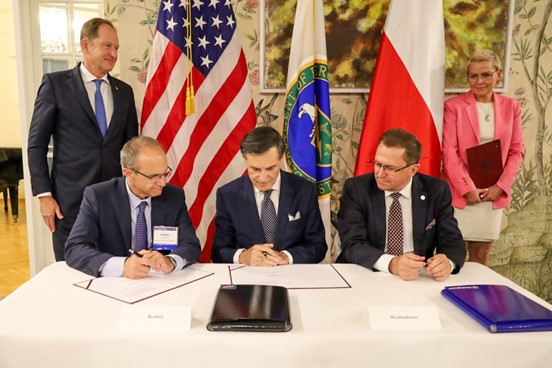
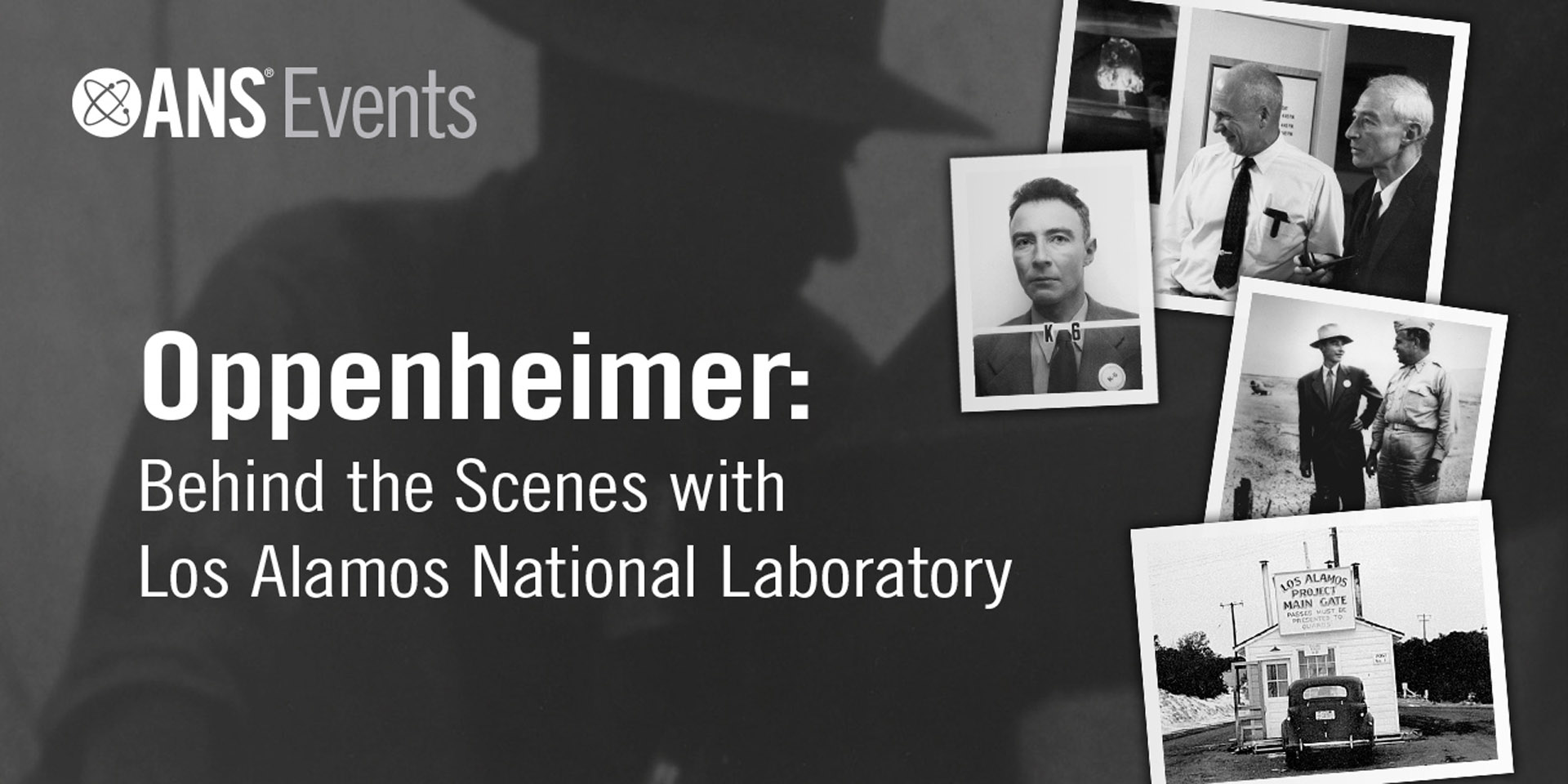

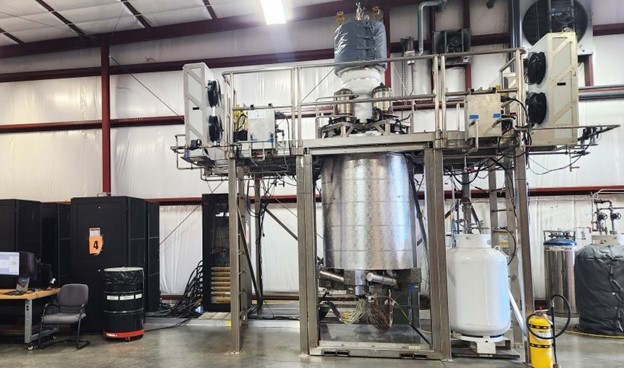
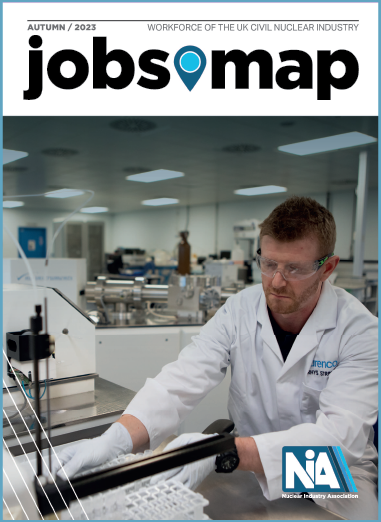 The present size of the civil nuclear workforce in the United Kingdom is the largest it has been in the past 20 years. So reports the
The present size of the civil nuclear workforce in the United Kingdom is the largest it has been in the past 20 years. So reports the 